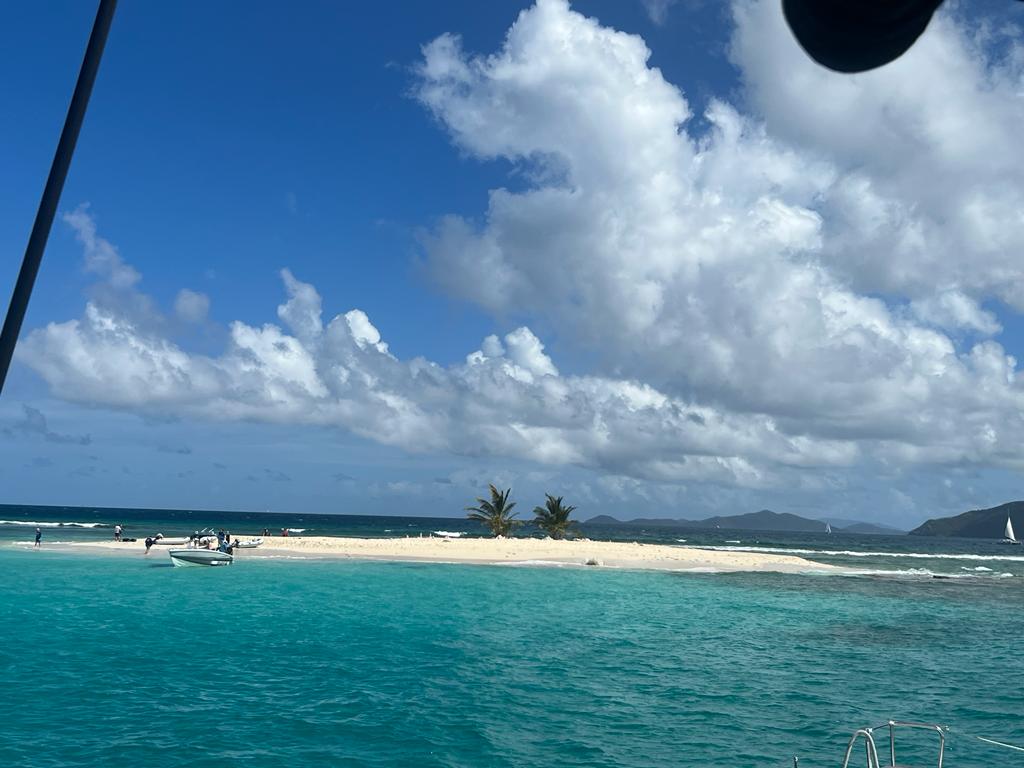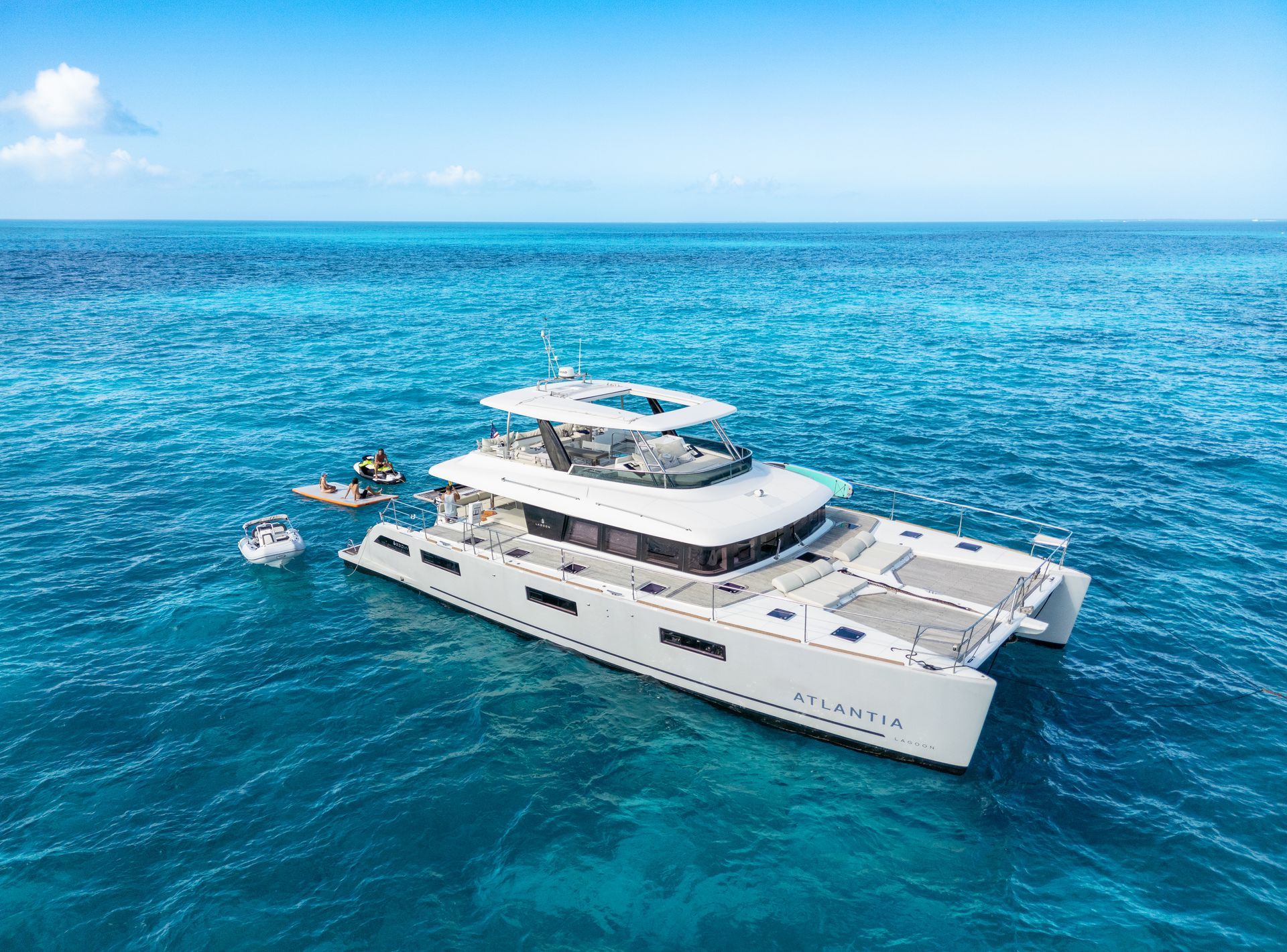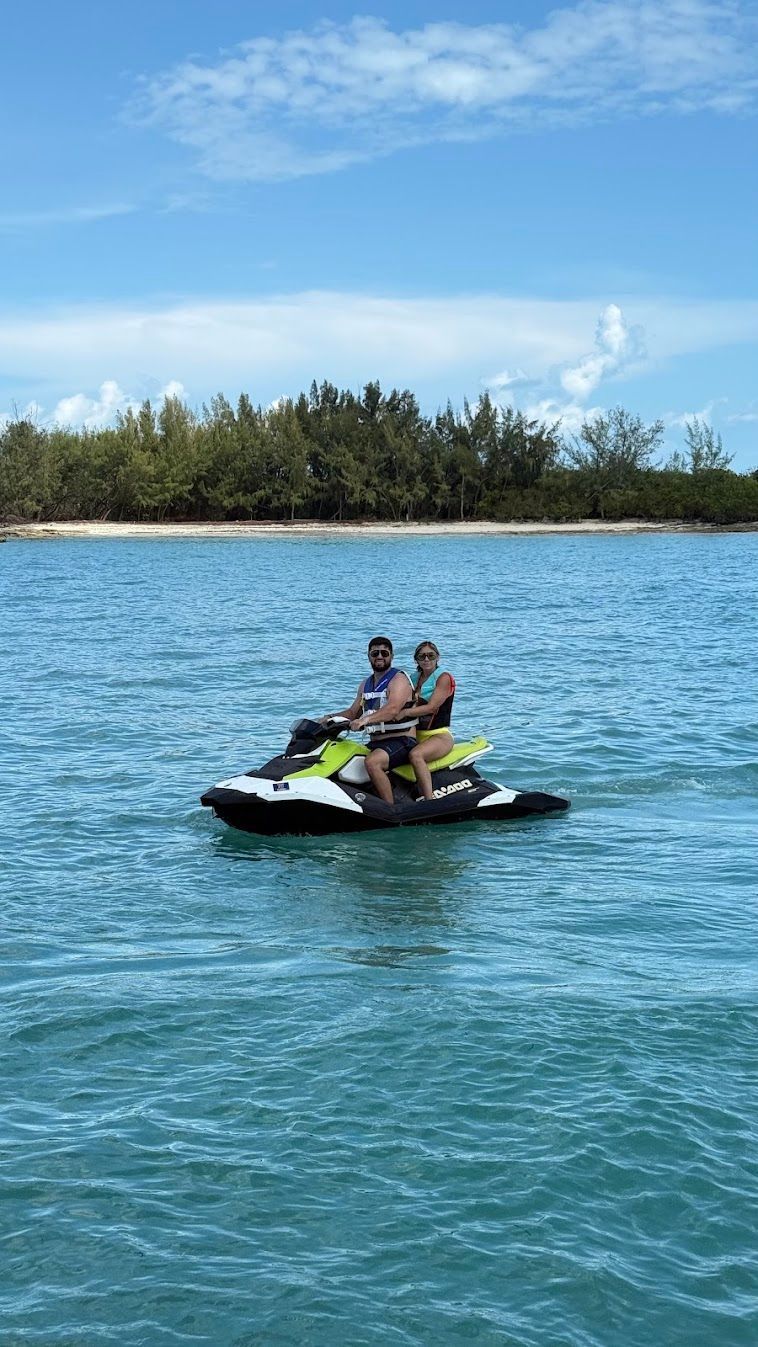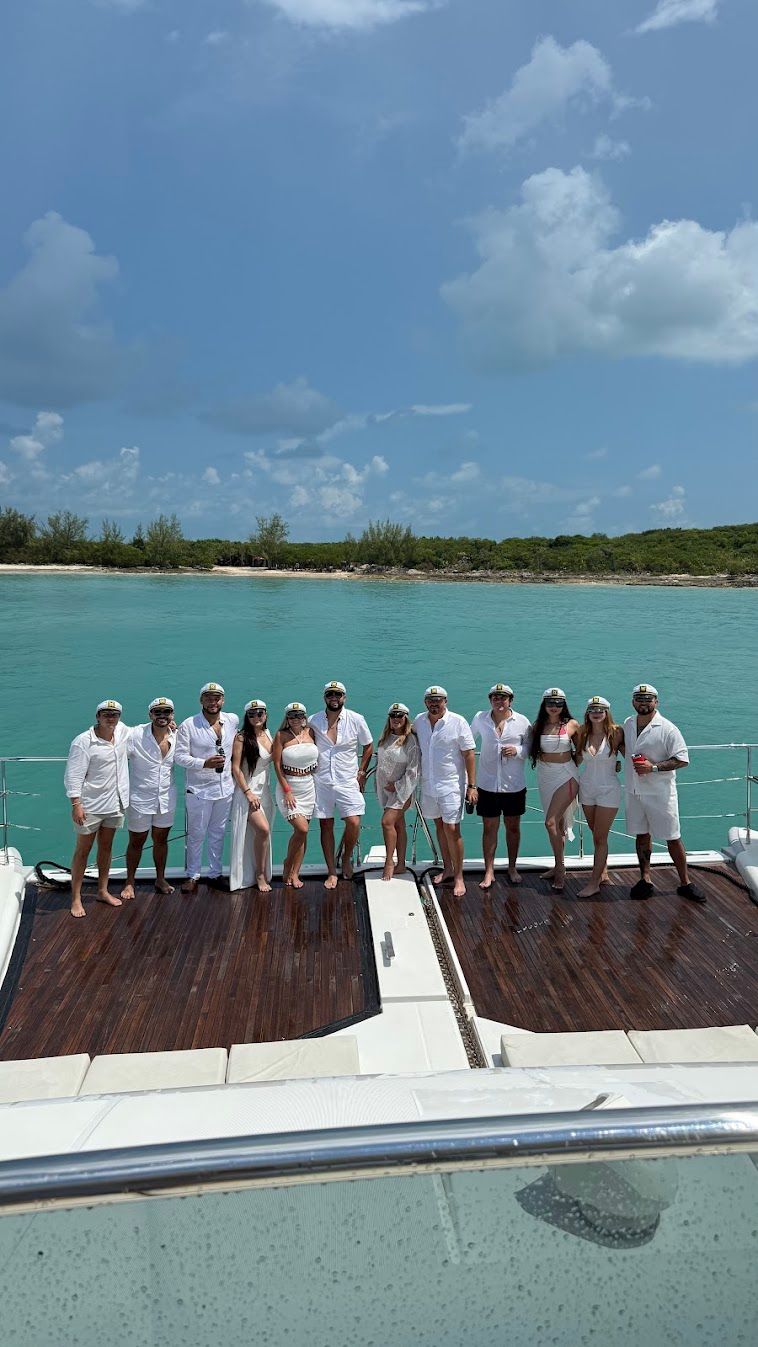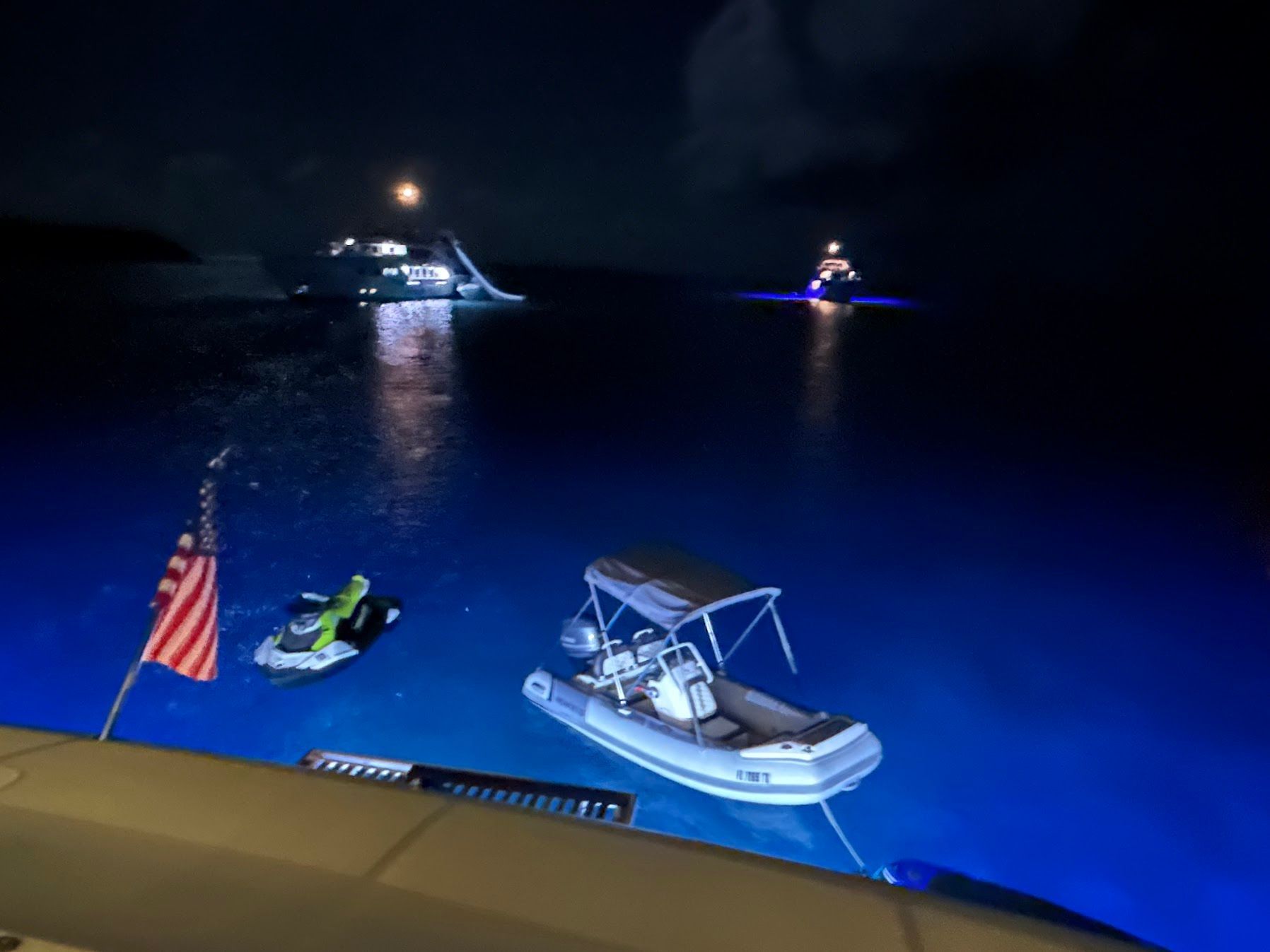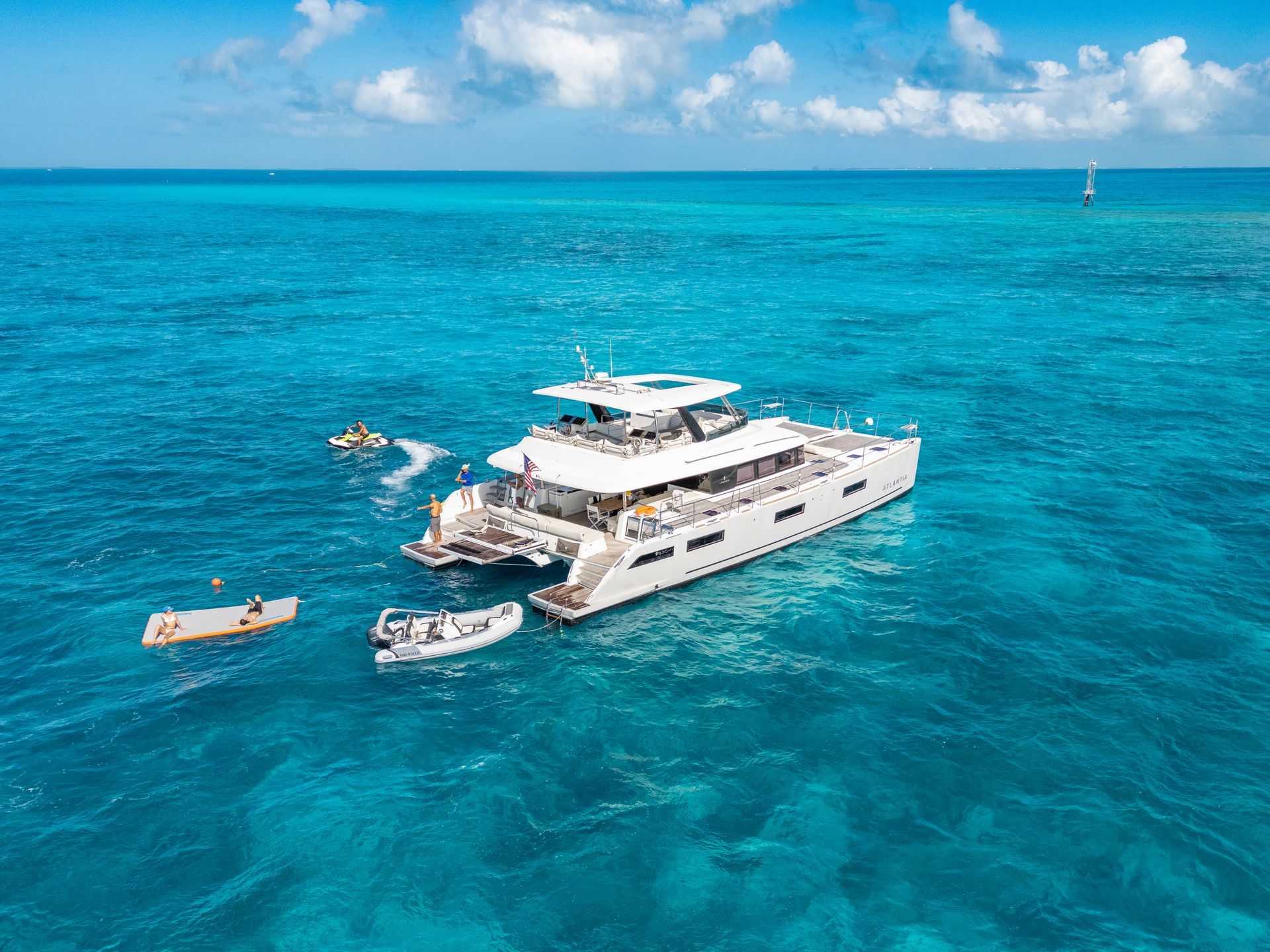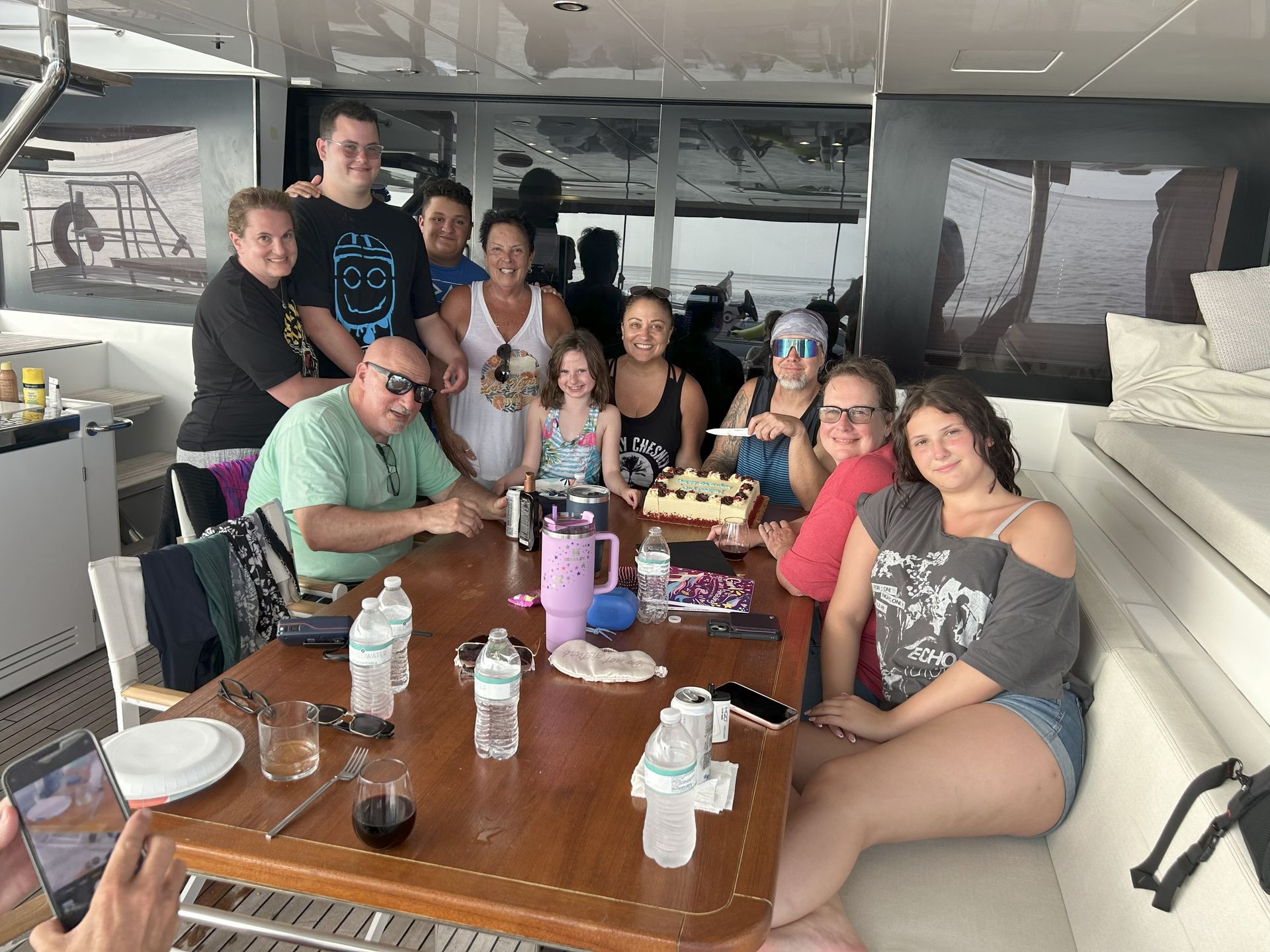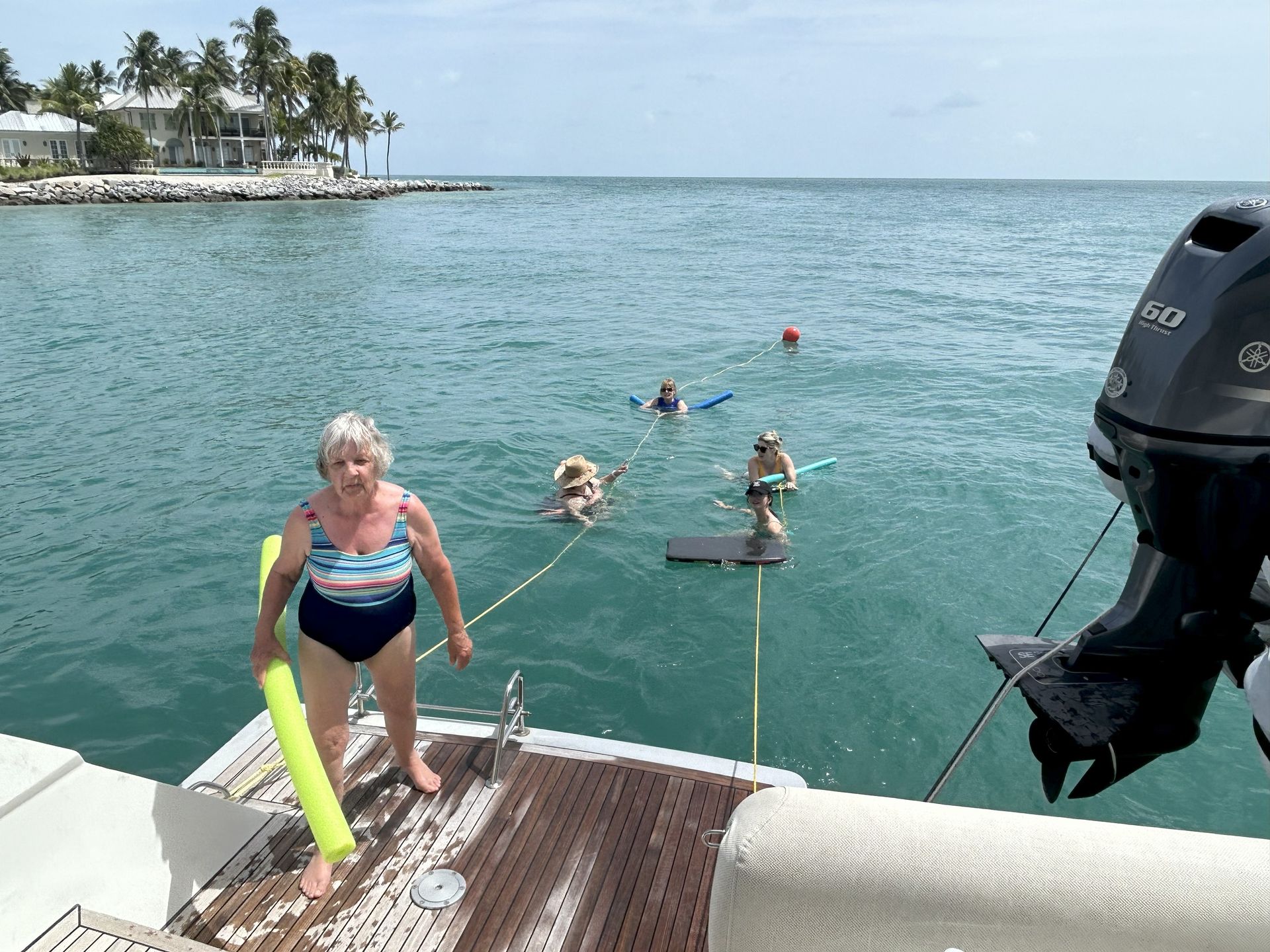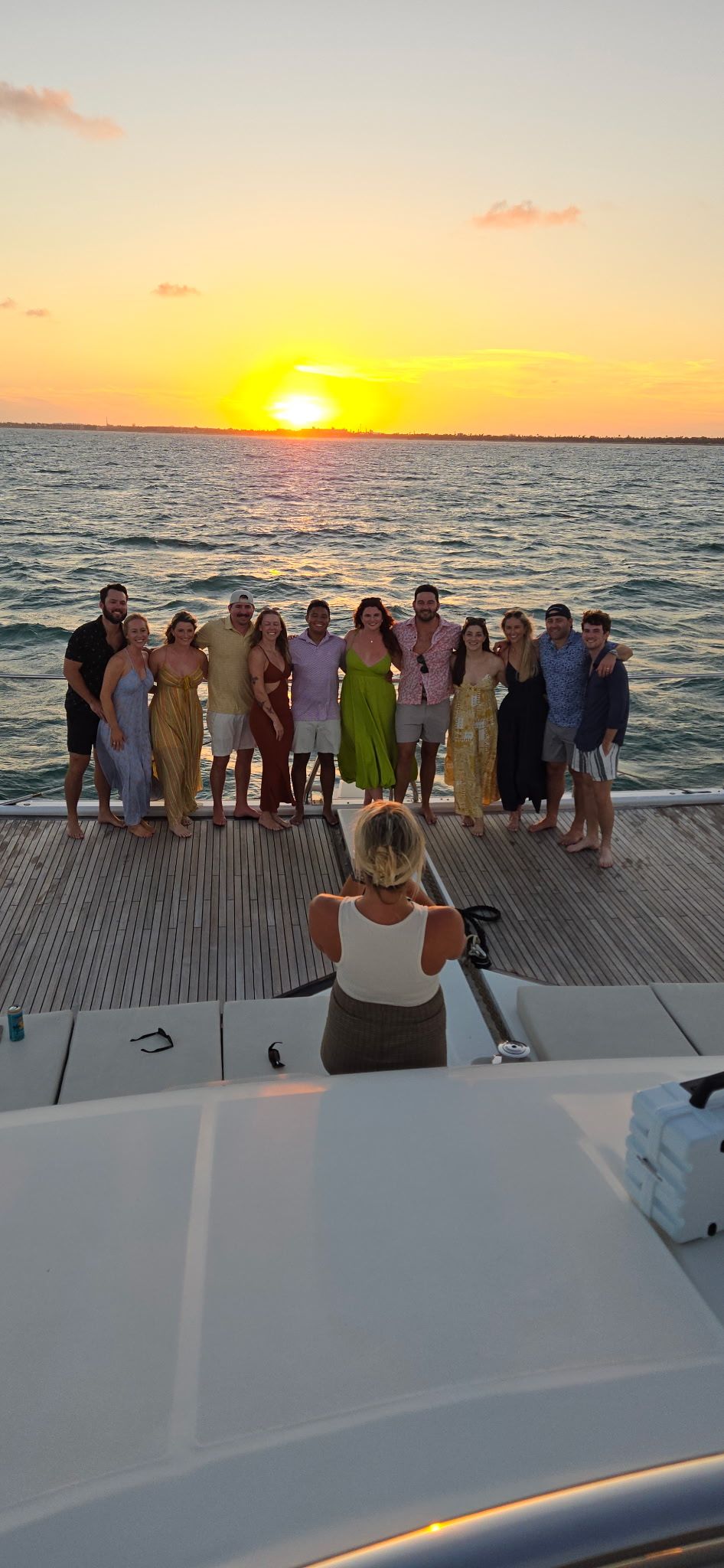22 Watersports Activities In The British Virgin Islands
Water Sports in the BVI
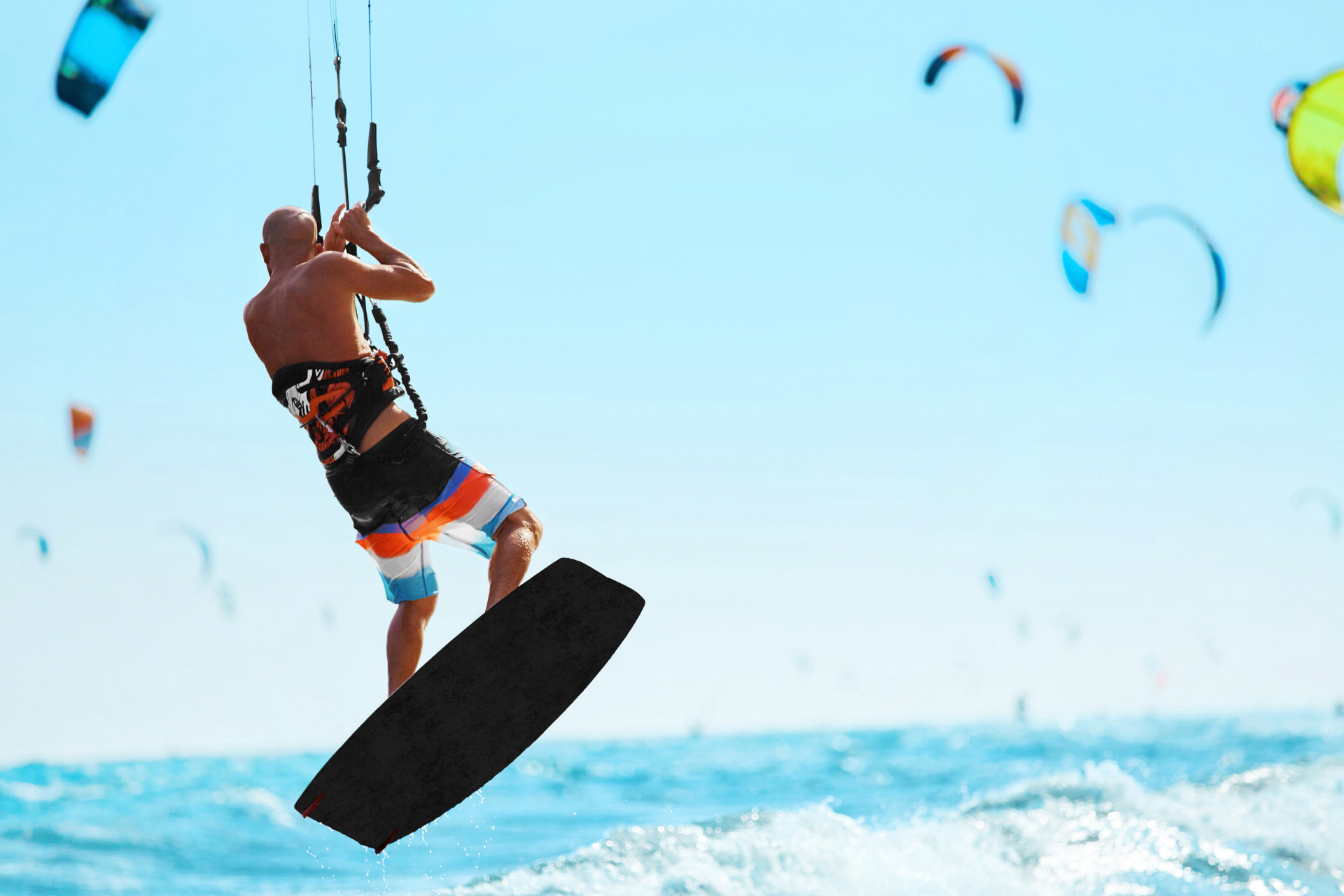
The sparkling clear waters of the British Virgin Islands are the world’s premier location for a profusion of water sports. You’ll find them all, from thrilling state of the art subwing propelled diving, kite sailing and flyboarding to fly fishing, sailing, and snorkeling. Try one of the hot new trends by renting a stand-up paddleboard or relax and swim on a world class beach.
And spectacular beaches there are! At Devil’s Bay National Park on Virgin Gorda you don’t have to swim out that far to see brilliant tropical reef fish, about a 15 minute hike from Baths National Park, one of the most famous snorkeling spots on earth. Picture perfect White Bay Beach is quintessential Caribbean with gentle turquoise waves lapping on the bright white sand. About four miles west of Road Town on Tortola, Cane Garden Bay Beach is a more sheltered setting, where the clear blue bay is surrounded by a sweep of swaying palms. Anegada, the northernmost British Virgin Island boasts Cow Wreck Beach with sparkling white sand. Loblolly Bay Beach an unspoiled stretch of sand stretching for miles, is regularly named one of the most beautiful beaches in the world.
Once you select your beach out of the many options, you can get on with the ABC’s of water sports in the British Virgin Islands.
Banana Boating
When you try banana boat for the first time, hang on tight! You climb on the top of the boat - a long inflated bright yellow tube - on the beach, before a motor boat pulls the boat off the beach and over the water at high speed. Get ready for action on a 25-minute ride that will have you bouncing up and down on the waves. There’s usually a lot of splashing and laughing as the force of the speed has boaters slipping off the sides. It’s a fast, fun and a wet ride! Smaller banana boats usually seat four or five and larger boats can take up to 10.
Clear Bottom Kayaking
The clear waters of the British Virgin Islands are teeming with colorful fish, plants and other marine life and one of the best ways to see it all is with a kayak with impenetrable see-through glass on the bottom. The transparent kayak delivers an unparalleled view all the way to the ocean floor. For an amazing completely unique experience, maneuver a clear bottomed kayak equipped with LED lights on a night tour, to enhance viewing of the marine night life below. Experienced tour guides who know the best places for the most impactful views of the colorful creatures in the tropics are available to make the tour the best it can be.
Cycling
Not only do the British Virgin Islands have fabulous beaches, they also have great hiking and biking trails on many of the lush, tropical, and hilly islands. If you’re staying on Tortola, try out the 6 ½ mile Nanny Cay Resort to Brandywine Bay Beach trail near Road Town, where you gain 1,269 feet in elevation during the ride. This moderately challenging route is great for birdwatchers. Hawks New Walk near Guana Island is an easy route, also great for birdwatching and usually less populated than other trails in the BVIs. Outfitters in BVI offer a variety of bicycles including 12”,16” 20” and 24” bikes, 820 mountain bikes, Marlin 5 mountain bikes and road bikes. Tortola, Jost Van Dyke and Virgin Gorda all have single gear bicycles available to suit any level of experience.
Floating Spa
There is a beautiful floating spa anchored off the coast of Jost Van Dyke that rocks gently on the serene waters, while you enjoy all of the relaxation the British Virgin Islands offer. A variety of spa treatments available, all guaranteed to reduce stress, including a Champagne Moonlight Couples Massage and Ocean Oasis Massage, that will leave you feeling completely rejuvenated.
Flyboarding
Flyboarding is a thrilling way to get into the air over the water, with a splash of adrenaline, yet one of the safest water sports in the British Virgins. Under the supervision of an experienced flyboard instructor, the flyboard redirects the thrust of a jet ski into a hose and out of nozzles situated on either side of boots you’ll be wearing. The directional control of the flyboard is given to the wearer of the boots, while the operator; sitting on the Jetski controls the level of thrust. You don’t need any experience for this thrill, just the desire to fly into the air on the board!
Fly Fishing
Saltwater fly fishing is the fastest growing sport in the world and the British Virgin Islands is one of the hotspots. There’s a reason why. The pike you catch in river waters are like kittens compared to the tarpon that roam the ocean. A 16” bonefish has three times the strength of a 20” rainbow trout. Experienced guides, who are used to catching fish “on the fly” are available to take you to unfished flats and reefs, teeming with tropical fish of all kinds.
Hobie Cat Sailing
Even inexperienced sailors can usually handle a Hobie Cat – a single sail 14-foot two hulled boat that seats two. They are small, easy to sail and virtually unsinkable, since the two hulls are buoyant. The rudder points the boat in the direction you wish to travel and the “main sheet,” the rope that pulls in or lets out the sail, controls your speed. This simplicity is great for first time sailors to test sailing and agile enough for experienced sailors to dart along the coast. Many locations in the British Virgin Islands have a steady 10 to 15 knot breeze especially in a place like the Sir Francis Drake Channel, surrounded by islands, which remains protected and calm in almost all weather, no matter how large the waves are further out in the ocean.
many years, North surrounding the North Sound
Jet Skiing
A Jet Ski® is actually the trademarked name of a personal watercraft produced by the Kawasaki Motor Company, but, like Kleenex, it has become the generic name for all types of personal watercraft. Part water ski and part speedboat, instead of a propeller, the device is equipped with an enclosed gas-powered motor that literally pushes the water out as a jet stream, propelling you along the surface of the water.
Kayaking
Many of the dramatic cliffs, beautiful coves, pristine beaches and secret lagoons of the British Virgin Island can be seen best from the water and it’s easy to grab a kayak and paddle your way to these places. Kayaks designed by British Olympic paddlers, with a sit on top design, seat backs and gear storage are great for maneuvering in and out of the island bays or stopping to fish in clear waters. Take a picnic lunch, pull up to a deserted beach and enjoy the peace and tranquility of the special place.
Kite Boarding/Kite Surfing
One of the coolest new things on the water, kitesurfing harnesses the power of the wind through a kite – a large parachute with inflatable tubes that produce the pull from the wind, which propels you across the water on a small surfboard. In fact, the wind is the only force needed to skim across the water. When you come to a stop, the tubes allow the kite to float and be re-launched from the water to begin again. C kites are curved to form the letter C. Bow kites are flatter, similar to an archery bow, while SLE kits have swept back wingtips which when combined with the flatter shape and bridle give the kite massive power, which making it very easy to re-launch.
Instructors are available who work to make your kite surfing experience as much fun as possible. Don’t expect to get airborne on your first try, but with a little guidance, you’ll be flying high above the water.
Knee Boarding
Kneeboarding - which is what the name says – crossing the water on a board on bended knee, blends surfing, water skiing and wakeboarding. Even though they were invented in Southern California in the 1950s, they didn’t catch on until about 20 years later when a molded fiberglass version was introduced. Surfers would get towed by boat on flat bellyboards, before getting up on one knee to skim over the water.
Paddleboarding
Whether you lay on the board and paddle or stand up, paddleboarding is a great way to glide quietly across calm anchorages and coves in the British Virgin Islands and spot tropical marine life along the way. Stand up paddleboarding has become popular to travel longer distances, see more fish without snorkeling, move downwind, or even, catch a wave. The boards for this very easy to learn sport are light, easily handled and stowed, and great for floating into shore for lunch or a well-known pit stop. Virgin Gorda is perfect for paddle board yoga, likely the healthiest watersport available.
Parasailing
Up, up and away, as the song says, as you fly through the air to get breathtaking views of the British Virgin Island from above. To get there, you strap on a harness attached to a parachute, hold onto a rope at the back of your boat and rise into the air as the boat gains speed.
Modern parasailing allows you to take off and land on a boat deck using a winch that works like a fishing pole. The winch steadily and seamlessly lifts the parachute from the boat’s deck and thrusts you 600 to 800 feet in the air. Once you’re in the air, breathtaking views of the deep blue waters below full of marine life, dolphins, and sharks await. At the end of your parasail, the
winch reels back into the boat gently without crashing you into the vessel or the water.
Rendezvous Diving
If you want to dive in some remote places in the British Virgin Islands, you can arrange for a boat to sail to the location with your gear and dive equipment and come back round to pick you up. Professional guides are also available to monitor your dive profile and air consumption, while they take you on a guided tour of the best dive sites in the islands, pointing out interesting marine creatures and handling the navigation along the way.
Sailing
With pristine beaches, predictable weather and a selection of boat accessible-only great places to visit, the British Virgin Islands are one of the world’s premiere sailing destinations Sheltered waters here are plied by some of the simplest navigation in the world. The wind generally blows in the same direction at 15-20 knots, with a tide range that is very small, varying only about a foot from high tide to low tide. Daily temperatures are in the 80s and night times temperatures are in the 70s. You can’t get much better than that!
Scuba Diving
With lush coral gardens, slopping reefs, and seamounts sprouting from the seafloor, few places in the world offer more unique scenic beauty and gorgeous dive options than the British Virgin Islands. A whole brigade of shipwrecks lie opposite the Sir Francis Drake Channel from Tortola. Anyone who follows diving in BVI has come upon the Royal Mail Shop Rhone, which sunk in 1867. Even though the Rhone has been underwater for more than 150 years, the ship is remarkably preserved, filled with fascinating artifacts with more scattered in the surrounding waters. At between 35 and 80 feet of water, you’ll be swimming with snappers, barracudas, morays, octopuses and more.
Snorkeling
Snorkeling is easy, allowing you slip into the warm water and concentrate on the natural beauty with no heavy gear or special lessons. Whether swimming from shore, slipping over the side of your dinghy, or simply jumping off the transom of your charter yacht, grab a mask, snorkel and a pair of fins and explore the underwater world. Baths National Park is a wildly popular place for splashing about, where you can snorkel with just a mask and fins to see colorful parrotfish and peacock flounders. As the sea washes between the spectacular massive granite boulders scattered by ancient volcanic activity, it fills natural pools, pierced by shafts of light, hence the name “the baths.” Huge numbers of tropical fish live in the tunnels and crevices in the rocks.
Snuba
An alternative to diving and snorkeling, snuba lets you swim side by side with turtles and fish as you breathe through a regulator while your air supply floats comfortably on a support raft at the surface. Experienced guides are available to accompany you on the entire underwater tour.
Sport Fishing
Get ready to fish for trophy sized blue marlin, yellow and black fin tuna, dolphin, barracudas, kingfish and wahoo, in some of the best sport fishing waters in the Caribbean. The British Virgin Island are home to the North Drop above Tortola which makes the claim of the highest number of blue marlin strikes anywhere in the world. Schools of fish hungrily feed around the islands, bone fish are plentiful on Anegada, and you can even drag a line as you sail to catch surface feeding fish. You can also fish from the shore for yellowtail snapper and kingfish.
Subwing Snorkeling
The subwing, which has completely reinvented the way to explore the ocean, is the ultimate underwater conveyance, with two wings mounted together that can be tilted independently of each other. The subwing is towed by a boat at a gentle pace, while you maneuver it by tilting the wings, which are hung on your arms, at different angles. Just point the wings in the direction you want to go, and they do the rest. Tilt both wings downward to dive and upwards to reach back to the surface.
Surfing
Reefs, sand bars and point breaks in the British Virgin Islands provide some of the best surfing in the entire Caribbean, mostly concentrated along the Northern shores of Tortola, at Josiah’s Bay , Capoons Bay, Cane Garden Bay and Apple Bay. There are several places to rent surfboards on Tortola, as well as local surfing schools and surf shops.
Virgin Canopy Tour
A new sky-high island adventure based in Tortola, similar to a zip line, the Original Virgin Canopy Tour consists of seven traverses built in between and above the island’s towering trees. You’ll be hooked to a double line that takes you on a soaring path in the sky at 920 feet above the ground, delivering breathtaking views of St Croix, Norman Island, Peter Island, Deadman’s Chest, Flanagan Island and the Wreck of the Rhone.
Book Your Adventure today!
If you would like to try any of these exciting water sports while visiting the BVI talk to your LaRoma Yachts concierge!

